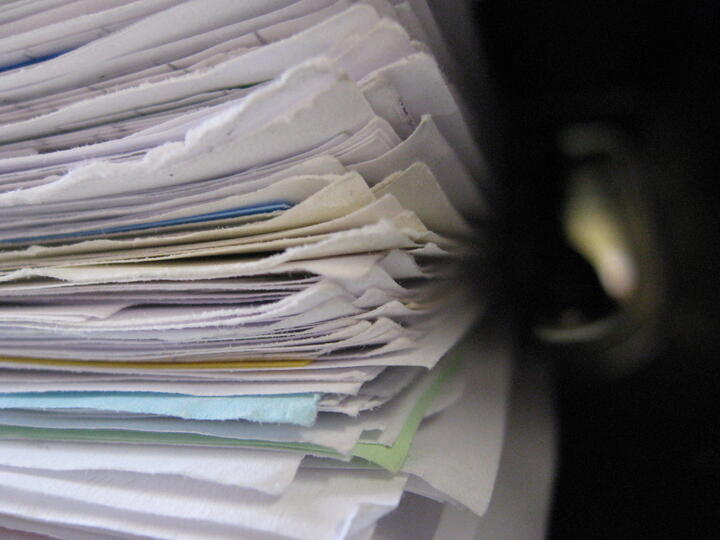Ploidy in cardiovascular development and regeneration
Authors
- T. Lan
- S. Kaminsky
- C.C. Wu
Journal
- Seminars in Cell & Developmental Biology
Citation
- Semin Cell Dev Biol 172: 103618
Abstract
Somatic polyploidy, a non-inheritable form of genome multiplication, plays cell-type specific and context-dependent roles in organ development and regeneration. In the mammalian heart, embryonic cardiomyocytes are primarily diploid, which lose their ability to complete cell division and become polyploid as they mature. Unlike lower vertebrates like zebrafish, polyploid cardiomyocytes are commonly found across mammals, including humans. Intriguingly, the degree, timing, and modes of cardiomyocyte polyploidization vary greatly between species. In addition to the association with cardiomyocyte development and maturation, recent studies have established polyploidy as a barrier against cardiomyocyte proliferation and heart regeneration following cardiac injury. Hence, a thorough understanding of how and why cardiomyocyte become polyploid will provide insights into heart development and may help develop therapeutic strategies for heart regeneration. Here, we review the dynamics of cardiomyocyte polyploidization across species and how cardiomyocyte-intrinsic, -extrinsic, and environmental factors regulate this process as well as the impact of cardiomyocyte polyploidization on heart development and regeneration.

